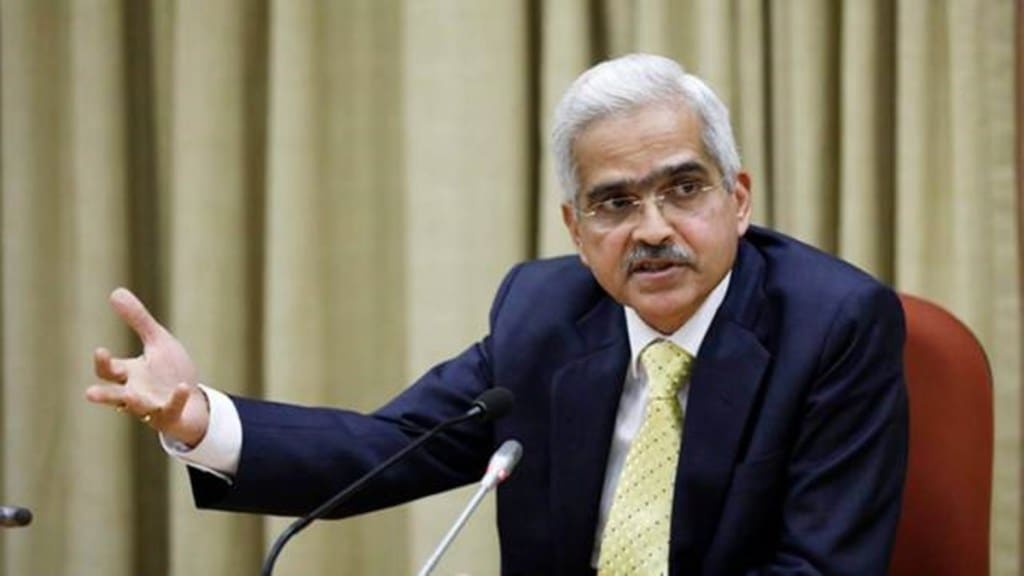In his foreword to the Financial Stability Report released last month, RBI Governor Shaktikanta Das talked about how India is on the cusp of a ‘twin balance sheet advantage for growth’. A few days later, finance minister Nirmala Sitharaman also mentioned it while predicting a robust economic growth. We explain what they were referring to.
What is the twin balance sheet issue
The ‘twin balance sheet’ issue refers to the earlier problematic balance sheets of both companies and banks. Companies had excessive debt and insufficient funds to repay it, with a large number of them having an interest coverage ratio of less than 1. This indicated that their operations did not generate enough money to even cover the interest payments.
On the other hand, banks were burdened with significant non-performing assets (NPAs). In fact, bad loans had crossed `8 trillion, and the
NPA ratio had reached almost 12% in 2016-17. Many banks reported that the amount of bad loans exceeded the total interest they earned, limiting their ability to lend. Consequently, new companies did not have access to bank funding.
The clean-up job
Among key regulatory measures, the RBI introduced the Central Repository of Information on Large Credits (CRILC) in 2014 to enable banks to share information on large loan accounts of Rs 5 crore and above. To detect early signs of weakness in loan accounts, the RBI insisted on collecting information on loans overdue up to 90 days, known as special mention accounts (SMAs). The regulator also initiated an asset quality review (AQR) in September 2015. The enactment of the Insolvency and Bankruptcy Code (IBC) was aimed at expediting loan resolution. Additionally, between FY17 and FY21, the government infused over `3 trillion to strengthen public sector banks.
In 2021, a separate bank called the National Asset Reconstruction Company (NARCL) was established to handle bad debts only.
Why is it an ‘advantage’ now
The FSR says both banking and corporate sector balance sheets have strengthened. Banks have bolstered their capital base, with the capital to risk-weighted assets ratio and the common equity tier 1 capital ratio reaching historical highs of 17.1% and 13.9%, respectively, in March 2023. Banks have also improved their returns on assets and returns on equity. Their GNPA ratio fell to a 10-year low of 3.9%, and the net NPA ratio fell to 1%. The provisioning coverage ratio rose to 74%. Moreover, the profit after tax of banks grew by 38.4% in 2022-23.
The corporate balance sheet is said to be at its healthiest in 10 years. Most sectors have deleveraged their balance sheets by using profits and excess funds to repay debt. In fact, an RBI report states that the debt-to-equity ratio of private (non-financial) companies fell from ~55% to 35% between FY15 and FY23. All this means they are in a better position to expand business now.
The way ahead
As recent banking turmoil in certain rich nations suggests, new risks have necessitated a reassessment of global standards on financial sector regulations. The FSR emphasises the importance of international cooperation among regulators on these issues. Regarding India, both regulators and regulated entities need to stay the course with an unwavering commitment to ensuring a stable financial system. It is important to remember that vulnerabilities often emerge during good times, when risks tend to be overlooked.
Banks must also further improve their credit risk management systems to prevent a recurrence of the problem. The internal credit rating system must be made more robust, and RBI-prescribed red flags should be followed up to detect distress early. Timely disbursement and verification of loan end-use must be ensured.
India Inc should learn from the irrational exuberance of the past and borrow responsibly. For an economy to grow, its banks must be stable, and its companies must plan new investment. Lower investments have been a key cause of India’s slow growth in the past decade. These improvements will brighten growth prospects, supported by the rising pace of real economic activity, corporate resilience, and sound and efficient financial intermediation.
* Rs 3 trillion capital infused by govt in public sector banks between FY17 and FY21
* 38.4% growth in profit after tax of banks in 2022-23
* 35% Debt-to-equity ratio of private firms in FY23 from 55% in FY15
* Low pvt capex pushed down growth in the past decade

